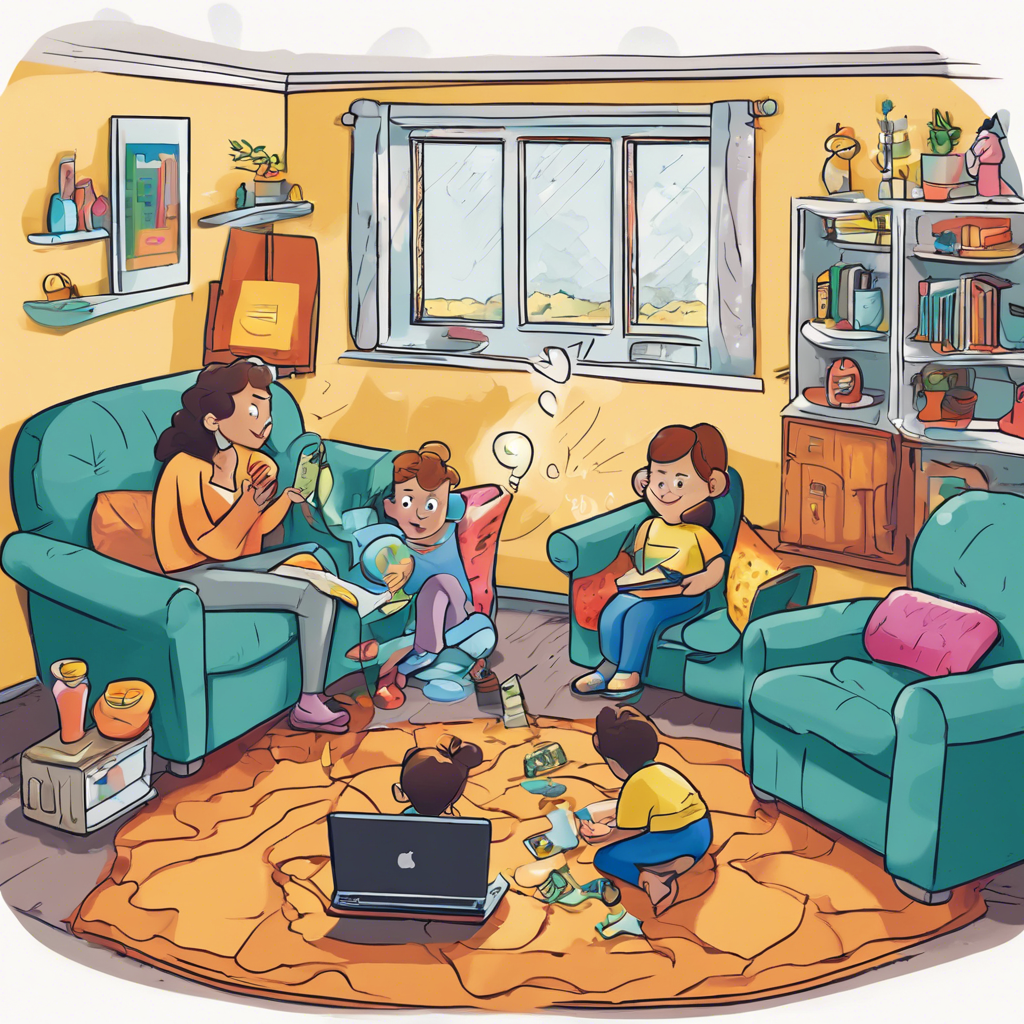How Do Narrative Structures In Literature Compare To Those In Film Regarding Audience Engagement?
Gathering question image...
Introduction
Narrative structures play a crucial role in shaping storytelling in both literature and film, significantly influencing audience engagement and emotional connection. By employing various storytelling methods, both mediums captivate their viewers and readers, leading to diverse emotional responses and varying levels of investment in the narrative.
Understanding Narrative Structures in Literature
In literature, narrative structures can be intricate and diverse, allowing authors to manipulate time, perspective, and pace to invite readers into a deeper engagement with the text. Some common types of narrative structures in literature include:
- Linear narrative: a straightforward chronological sequence of events that guides the reader's journey.
- Non-linear narrative: involves jumping across timelines, using flashbacks or flash-forwards to enhance storytelling.
- Multiple perspectives: explores the narrative through the viewpoints of various characters, enriching the overall story.
Exploring Narrative Structures in Film
Although film narratives bear similarities to those found in literature, they primarily depend on visual storytelling techniques and editing methods. Here are key aspects of audience engagement through film narrative structures:
- Visual storytelling: utilizes cinematography, images, and visual aesthetics to effectively convey emotions and themes.
- Real-time pacing: most films present actions in a chronological manner, fostering immediacy and realism.
- Sound and music: enhance the emotional impact of narratives, evoking strong emotional responses during crucial scenes.
Comparative Audience Engagement Between Literature and Film
Both literature and film provide distinct pathways for engaging their audiences, leading to different experiential outcomes:
- Literature requires active imagination, compelling readers to interpret and visualize narratives independently.
- Film offers a more immediate sensory experience, triggering emotional reactions through compelling visual and auditory stimuli.
Conclusion of Differences in Audience Engagement
In summary, both literature and film utilize narrative structures to engage their respective audiences, employing different methods tailored to the unique strengths of each medium. This results in varied personal connections to the narratives from both readers and viewers.
Conclusion
Ultimately, the comparison of narrative structures in literature and film reveals significant differences in how audiences engage with stories. Each medium presents unique storytelling strategies and advantages that shape how narratives resonate with their audiences, creating impactful experiences for readers and viewers alike.
Expert Quote
Dr. David Bordwell, Film Theorist and Historian
Narrative structure in film is fundamentally a visual experience; it captivates audiences through a complex interplay of images, sound, and editing that evokes immediate emotional reactions, in stark contrast to the imaginative engagement required in literature.
Narrative in the Frame: A Historical Approach to the Study of Film Narrative, 2007
Relevant Links
Comparing storytelling in games & literature | by Simon K Jones ...
https://simonkjones.medium.com/comparing-storytelling-in-games-literature-4e5ff6ca5a73The Impact of Digital Platforms on News and Journalistic Content
https://www.accc.gov.au/system/files/ACCC+commissioned+report+-+The+impact+of+digital+platforms+on+news+and+journalistic+content,+Centre+for+Media+Transition+(2).pdfEnglish Language Arts and Literacy
https://www.doe.mass.edu/frameworks/ela/2017-06.pdfThe narrative arc: Revealing core narrative structures through text ...
https://pmc.ncbi.nlm.nih.gov/articles/PMC7413736/LOTR: Books versus Movies : r/books
https://www.reddit.com/r/books/comments/6rw8ow/lotr_books_versus_movies/Most popular questions

How Do The Personal Relationships Among Gods Affect Their Decisions In The Iliad?
The intricate relationships among the gods in Homer's epic poem 'The Iliad' play a crucial role in shaping their actions and decisions. These divine interactions create a complex web of fates, where each god's personal alliances and rivalries directly influence the events of the mortal world.

What Strategies Can Parents Use To Educate Their Children About Online Safety Beyond Privacy Settings?
In today's digital landscape, teaching children about online safety is essential for their protection and well-being. While privacy settings play a critical role, parents can implement various strategies to create a thorough understanding of online safety principles among their children.

What Are The Different Types Of Insulation Materials Commonly Used In Buildings, And How Do They Compare In Terms Of Thermal Resistance?
Insulation materials are vital for enhancing energy efficiency in residential and commercial buildings by minimizing heat transfer. Understanding the various insulation types can lead to better choices for thermal resistance and overall comfort.
Most recent questions

How Can Emerging Musical Artists Themselves Leverage Social Media Platforms To Enhance Their Visibility And Reach?
Emerging musical artists face the challenge of gaining visibility in an increasingly competitive music industry. Social media platforms have become essential tools for these artists to engage with audiences, promote their music, and establish a distinctive personal brand.

In What Ways Do Privacy Features Shaped By User Feedback Alter The Development Strategies Of Social Media Platforms?
Privacy features in social media platforms play a crucial role in enhancing user experience and building trust. As users increasingly express their concerns and preferences about online privacy, these platforms are compelled to adapt their strategies significantly to meet user expectations.

In What Ways Do Cultural Preferences In Different Regions Impact The Types Of Content Offered By Streaming Services?
Streaming services have transformed the way we access media, but the content varied by region is heavily influenced by cultural preferences that shape viewer tastes and demands. Understanding these cultural influences is key to explaining why certain shows gain popularity in some areas while falling short in others.